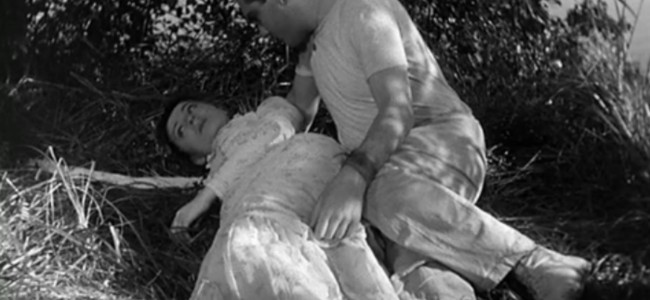
A Day in the Country

Imagine the cinematic thrill of finding a previously obscure film by one of the world’s great directors. Jean Renoir was no slouch in the 1930s turning out such acclaimed masterpieces as The Rules of the Game (La régle du jeu) and The Grand Illusion (La grande illusion).
In truth Renoir in the ‘30s was turning out great film after great film including the above titles as well as The Lower Depths, La Marseillaise, La Bête Humaine, the Communist documentary La vie est à nous, and the subject of this article, the short film, A Day in the Country (1936). A Day in the Country (Criterion Collection, 2/10) may be one of the most lyrical odes of unrequited love ever committed to celluloid.
Renoir, adapting a story by Guy de Maupassant, made this 40-minute short subject with a crew that included Jacques Becker, Henri Cartier-Bresson, and Luchino Visconti. The story proper unwinds in the 1880s, or the Impressionistic era made famous by fine artisans like his father Pierre Auguste Renoir. The plot revolves around a few quixotic characters who lunch in the woods and find, not true love, but memories that remain with them for the rest of their lives.

A Day in the Country was never completed by Renoir but rather abandoned as he ran out of money, faced obstacles that included bad weather, and had other filmmaking commitments. Renoir had fled France during WWII and was never to return to this uncompleted project. After WWII, producer Pierre Braunberger completed the production that to this day remains a fascinating footnote to the career of one of the pantheon directors of the first century of cinema. The film was released domestically in 1950, and now is available in a rather sharp restoration courtesy of Criterion.
- Michael Bergeron
